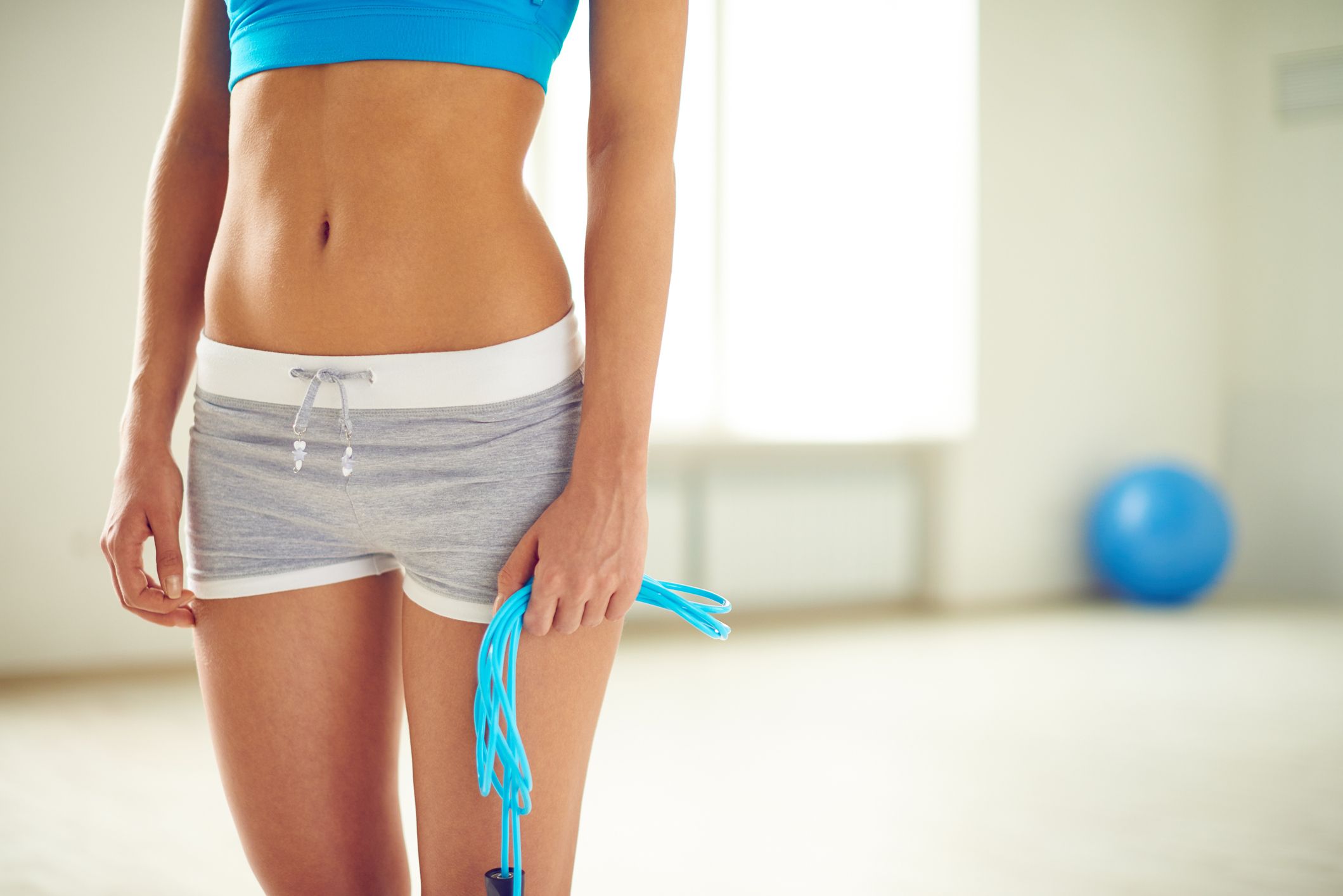TREATMENT AND PREVENTION OF SWEATING AROUND THE VAGINA
SWEATING AROUND THE VAGINA


Genital sweating is completely normal. However, excessive sweating may cause discomfort and irritation. A person can reduce vaginal sweating by wearing breathable underwear and avoiding tight-fitting clothing.
Practicing good vaginal hygiene can help prevent bacterial and yeast infections. Avoiding douches, antiperspirants, and scented pads and panty liners can help maintain a healthy vagina.
A person should speak to a doctor or gynecologist if they experience symptoms of bacterial or yeast infections.
The groin is an area of the body that behaves much like the armpits: It’s hairy, warm, and full of sweat glands and bacteria.
It’s true that some people sweat more than others, but no one should be forced to leave the gym wet and uncomfortable every day.
Table of Contents
Here are a few tips for keeping your vaginal area cool and dry.
1. Try sweat-wicking underwear
Moisture-wicking technology, which has been a staple of athletic wear for years, is now available in the place you may need it most your underwear.
Sweat-wicking fabric pulls moisture away from the skin and out to the exterior of the fabric. This helps keep the fabric dry on the inside.
Some sweat-wicking underwear contain odor-absorbing molecules that can help keep you smelling fresh all day.
2. Cotton
Synthetic materials like polyester don’t breathe as well as natural fabrics. Instead of allowing sweat to evaporate out, the material holds the sweat in and traps it against your skin.
Natural fabrics like cotton and linen allow sweat to evaporate like it’s supposed to. They’re basically organic sweat-wickers!
The downside? Cotton retains moisture longer than synthetic sweat-wicking fabrics. This means you’ll deal with a little bit of wetness before things dry out.
3. Loose Flowing fabrics
You may love those skinny jeans, but are they loving you back? Probably not. Anything tight in the crotch area is going to raise the temperature down there.
When your skin rubs up against fabric, it causes friction, and friction builds heat. When that heat gets trapped under tight clothes, you’re going to get sweaty.
Loose, flowing pants will prevent friction and allow air to flow through. Consider wearing loose joggers or wide-leg palazzo pants.
4. Change your clothes after every sweat session
Yeast is a type of opportunistic fungus that thrives in warm, moist environments. Spending the day in wet underwear gives yeast the opportunity to grow out of control, leading to vaginal itching, burning, and other signs of yeast infection.
You can reduce your risk of yeast infection by changing out of sweaty clothes as soon as possible. Bring a change of clothes to the gym.
If your underwear is getting wet during an average day, carry an extra pair or two in your purse.
And if that doesn’t work? You may find that going commando lets your vagina breathe more than cotton underwear does!
5. Consider hair removal
Pubic hair serves a purpose. It reduces friction from tight clothing and works to wick sweat away from your skin.
Hair also traps bacteria against your skin. In the vaginal area, that is both a good thing and a bad thing. You need your good vaginal bacteria to prevent an overgrowth of yeast, but when bacteria mix with the sweat and oil on your pubic hair, it can produce a smell.
If you sweat a lot in the vaginal area, try going for a healthy medium: a nice trim instead of a full Brazilian.
Minimize your risk of cuts with a pair of dog grooming scissors, which feature a rounded safety tip. If you have the money, waxing and laser treatments are also an option.
6. Don’t use deodorant
The area around your vaginal opening (vulva) is made of very delicate and sensitive tissue. Antiperspirants and deodorants may work for your pits, but they can do more than a little damage below the belt.
Instead of reaching for your usual stick or spray, try something made specifically for this area. Anthony No Sweat Body Defense is a popular option.
For most people, bathing one or two times per day with soap and water is enough to wash away the sweat and oils that cause odor. Just be sure to use a gentle, moisturizing body wash.
7. Skip the panty liner unless you’re spotting
If you have nothing to change into, panty liners and pads can provide a quick fix for wet underwear. But they can also make you sweat more. Most panty liners aren’t breathable and trap heat in your crotch area.
Stock up on 100 percent cotton panty liners to help you out when you’re in a pinch. And if you want to upgrade your usual period protection, consider shopping for breathable cotton period panties.
8. Clean up with a feminine hygiene wipe
Moist toilet paper wipes are a convenient way to clean off sweat in the middle of the day. Just be sure to avoid antibacterial wipes, which can kill your good vaginal bacteria.
For any important information please contact us Email GadgetsNg info@gadgetsng.com
[Button id="1"]




nxediyunlandayi.O7FAPKm8aeFL
anal sikis siteleri wrtgdfgdfgdqq.Q9OIIQCBvWlm
Thank you for your sharing. I am worried that I lack creative ideas. It is your article that makes me full of hope. Thank you. But, I have a question, can you help me? https://www.binance.info/it/join?ref=IJFGOAID
only hd sex gghkyogg.9FmSCzo5bj7
sex 4k videos download ggjennifegg.GaUXaeNgszA
best hd porn videos download ggjinnysflogg.Pz1LsvGXf3s
fashionflag pornk hd.com fashionflag.TMDBxMDFj8B
goodhere Cunnilingus porn vurucutewet.bqL84HrELdO
ladyandtherose Interracial porn backlinkseox.BJUn2pAXIzX
jenniferroy 毛深いポルノ japanesexxporns.JoMOVAaivI8
landuse Hentai, Anime porn lancdcuse.n0jRLPG9naW
falbobrospizzamadison Toys porn jkkıjxxx.Xo66ccqz50B
नानी के पोर्न के बा hjkvbasdfzxzz.GZqPNiujUEj
सह शॉट अश्लील hkyonet.uBDwKmF5Apa